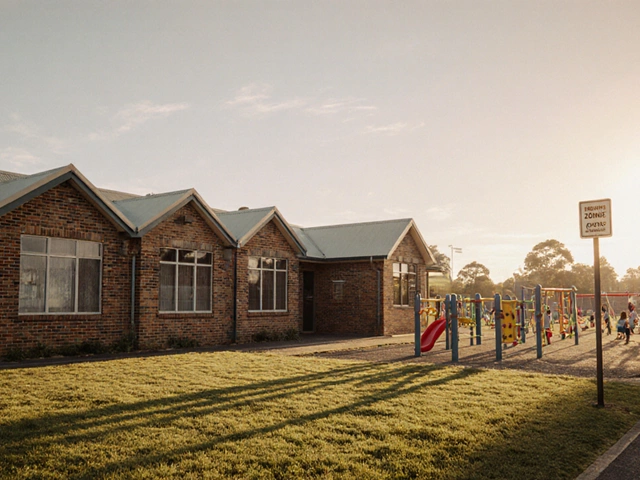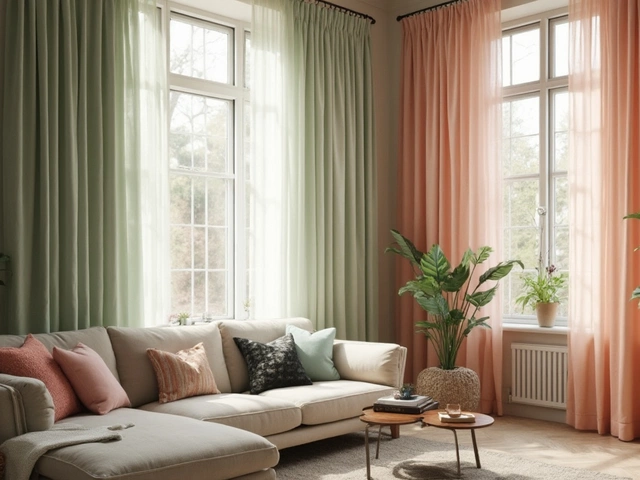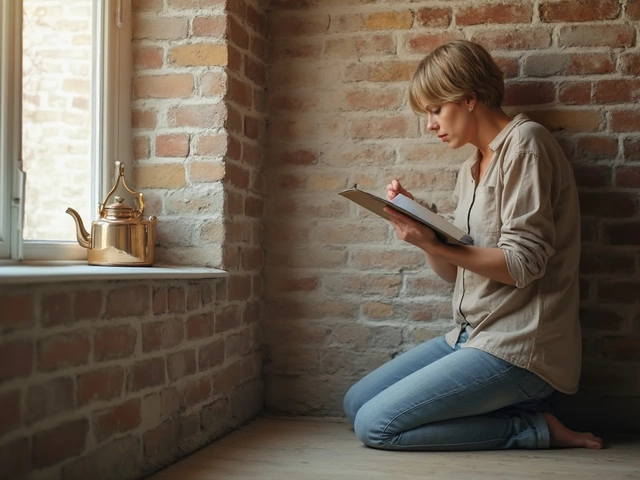
Modern vs Contemporary Design Quiz
Find Your Design Style
Answer these 5 quick questions to discover whether modern or contemporary design better suits your home preferences.
1. What kind of color palette do you prefer?
2. How do you feel about furniture with sharp lines vs curved shapes?
3. What type of texture feels most comfortable to you?
4. What mood do you want your home to create?
5. How important is it for your home to feel current or timeless?
Modern Design
This style suits you because you value precision, structure, and timeless design principles. Modern design is a specific movement from the 1920s-1950s that emphasizes clean lines, functional forms, and honest materials. It's perfect if you want a space that feels calm, ordered, and uncluttered.
Key features to look for: Sharp geometric lines, black/white/gray palette with bold accents, materials like steel, glass, and polished concrete, minimal decor, and furniture with tapered legs.
Contemporary Design
This style suits you because you value warmth, comfort, and evolving design trends. Contemporary design is the current look that changes every few years and embraces layered textures, natural materials, and personal expression. It's perfect if you want a space that feels lived-in, inviting, and adaptable to your changing needs.
Key features to look for: Soft curves, layered textures, neutral palettes with earthy accents, natural materials like wood, linen, and wool, and a mix of styles that feels personal and current.
Your Home Recommendation
Remember: Modern design is about precision and structure (like a 1950s jazz performance), while contemporary design is about evolution and comfort (like indie folk music today). The best choice is what makes you feel at peace in your space.
People often use the words modern and
Modern Interior Design Is a Specific Time Period
Modern interior design isn’t just a style-it’s a movement that happened between the 1920s and 1950s. It came out of the Bauhaus school in Germany and was shaped by architects like Ludwig Mies van der Rohe and Le Corbusier. This was a reaction against ornate Victorian and Edwardian styles. Modern design stripped everything back: no carvings, no moldings, no clutter. It focused on function, clean lines, and honest materials.
Think of it as architecture made visible. Exposed steel beams, flat roofs, open floor plans, and large windows that blur the line between inside and outside. Furniture was low to the ground, with tapered legs and minimal upholstery. Materials like steel, glass, and polished concrete were used because they were new, industrial, and honest. Leather, wool, and wood were chosen for their texture, not their decoration.
Modern interiors don’t change. A 1930s modern living room looks like a 1950s one because the rules stayed the same. It’s frozen in time. You can’t add a neon sign or a velvet sectional and call it modern. That breaks the code.
Contemporary Interior Design Is Always Now
Contemporary design doesn’t belong to any one era. It’s the style that’s popular right now. Right now, in 2025, contemporary means soft curves, layered textures, and a mix of materials like matte black metal, warm wood, and textured plaster. It’s the look you see in magazines, Instagram feeds, and new apartment buildings in Auckland.
Unlike modern, contemporary doesn’t have strict rules. It borrows from everything-Scandinavian minimalism, Japanese wabi-sabi, industrial lofts, even mid-century modern. The goal isn’t to stick to a historical movement. It’s to feel current, calm, and intentional.
Contemporary spaces often use neutral palettes-creams, warm grays, soft whites-but they’re never flat. There’s always a touch of color: a muted sage armchair, a rust-colored rug, a deep navy accent wall. Lighting is layered: recessed LEDs, sculptural floor lamps, hidden cove lighting. Materials are mixed on purpose: a concrete coffee table with a linen sofa, a brass pendant over a reclaimed oak dining table.
Contemporary design evolves every few years. Ten years ago, it was all about gray walls and monochrome. Today, it’s about warmth, tactility, and quiet luxury. Tomorrow, it might be something else. That’s the point.
Modern vs Contemporary: The Visual Differences
Here’s how to tell them apart at a glance:
| Feature | Modern Interior | Contemporary Interior |
|---|---|---|
| Time Period | 1920s-1950s | Current decade (2020s) |
| Lines | Sharp, straight, geometric | Soft curves, organic shapes |
| Color Palette | Black, white, gray, with bold primary accents | Neutrals with earthy tones, muted pastels |
| Materials | Steel, glass, polished concrete, lacquered wood | Wood (oak, walnut), linen, wool, plaster, brushed brass |
| Furniture | Low-profile, minimalist, tapered legs | Plush, layered, varied silhouettes |
| Lighting | Functional, industrial fixtures | Statement pieces, ambient layers |
| Decor | Very little-only essential art or objects | Textured art, ceramics, plants, curated collections |
Look at a modern chair: it’s a single slab of molded plywood with metal legs. A contemporary chair? It might be upholstered in bouclé, with a slightly curved back and a wooden base that looks like it was carved by hand.
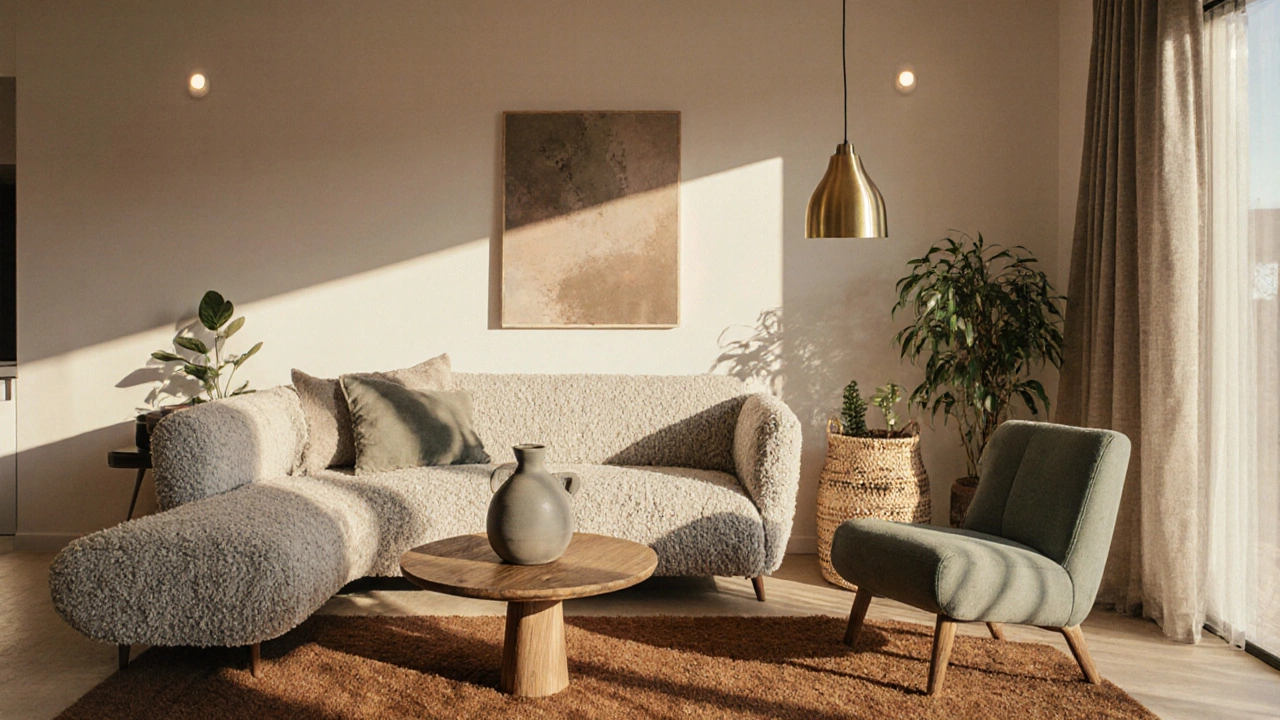
Why This Confusion Happens
Many people call anything clean and simple “modern.” That’s why you see stores selling “modern farmhouse” or “modern Scandinavian” as if those are real styles. But “modern” is a historical term. What they really mean is “contemporary.”
Real modern design is rare in homes today. You’ll find it in restored mid-century homes in Los Angeles or Palm Springs. Most houses labeled “modern” are actually contemporary-they just use clean lines and neutral colors, which are easier to copy.
Even designers get lazy. A real modern space has a specific energy: cold, precise, almost clinical. A contemporary space feels lived-in, cozy, and human. If your space feels warm and inviting, it’s probably contemporary-even if it has no curves.
How to Choose What’s Right for You
Ask yourself: Do you want a time capsule, or a space that grows with you?
If you love clean geometry, bold contrasts, and a sense of order, go for modern. It works best in open-plan homes with lots of natural light. Think flat-roofed homes with floor-to-ceiling windows. You’ll need discipline-no knick-knacks, no clutter, no soft fabrics. It’s a lifestyle as much as a style.
If you want flexibility, comfort, and a look that won’t feel dated in five years, choose contemporary. It’s forgiving. You can swap out a rug or add a new lamp and it still fits. It’s perfect for families, renters, or anyone who doesn’t want their home to look like a museum.
Here’s a simple trick: Look at your favorite photos of interiors. If the space feels calm but alive-with texture, warmth, and subtle detail-it’s contemporary. If it feels like a 1950s showroom with no personal touches, it’s modern.
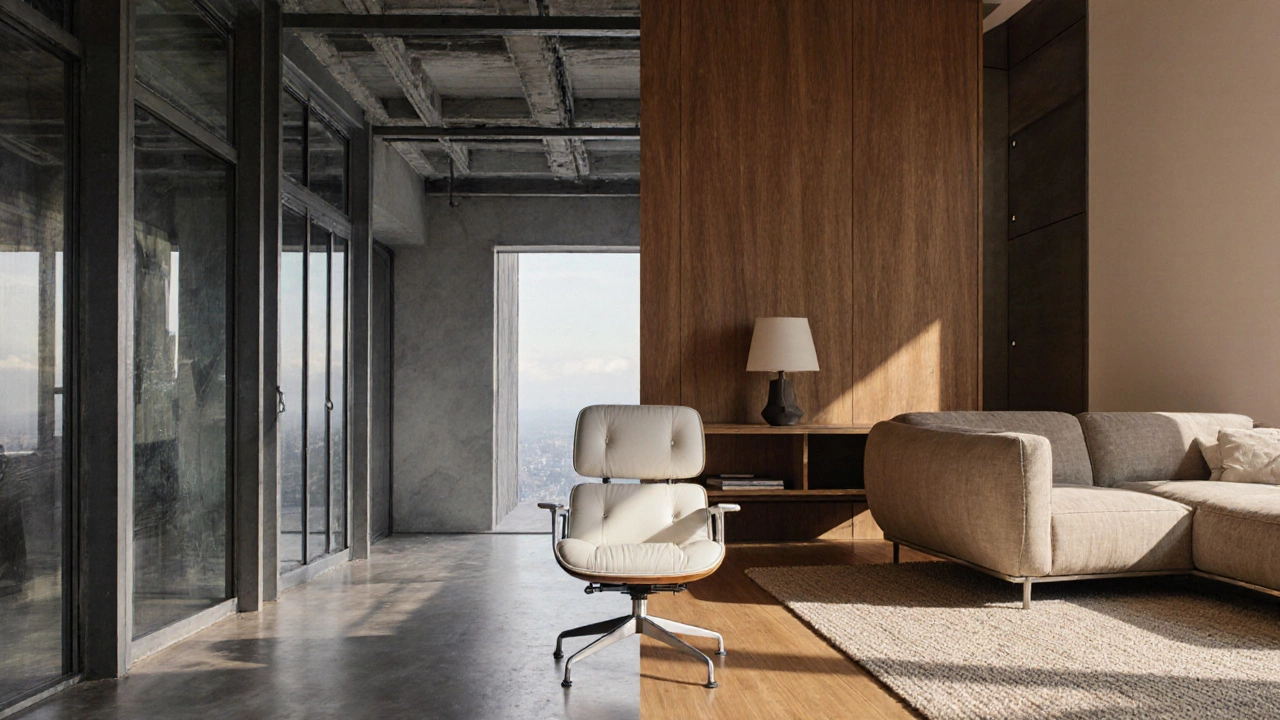
Common Mistakes to Avoid
Trying to mix modern and contemporary blindly is the biggest error. You can’t slap a mid-century modern Eames chair into a contemporary room with velvet curtains and expect harmony. The styles have different souls.
Another mistake: thinking contemporary means “minimalist.” It doesn’t. Contemporary can be maximalist if the textures and tones work together. A room with five different woven baskets, a hand-thrown ceramic vase, and a large abstract painting can still be contemporary-if the colors are quiet and the materials feel natural.
And don’t fall for “modern” furniture sold at big-box stores. Most of it is just cheap, angular plastic with no real design history. True modern pieces are rare and expensive. If you want the look, focus on clean lines and honest materials, not the label.
Where to Find Real Examples
Visit the Te Papa Tongarewa museum in Wellington. Their design gallery has original mid-century furniture. Notice how every piece serves a purpose. No ornament. No compromise.
For contemporary, browse Instagram accounts like @homebody.nz or @aucklandinteriors. Look at homes in Ponsonby or Takapuna. Notice how the lighting is layered, how the wood has grain, how the art feels personal, not decorative.
Real modern interiors are like jazz from the 1950s-structured, precise, timeless. Contemporary interiors are like indie folk music today-fluid, evolving, emotional.
Final Thought: It’s About Feeling, Not Labels
At the end of the day, your home should feel like you. Don’t get hung up on the words. If you love clean lines and bold contrasts, go for modern. If you prefer warmth, texture, and change, pick contemporary. The labels are just guides. The real test is whether you wake up in the morning and feel at peace in your space.
Can modern and contemporary styles be mixed in the same room?
Yes, but carefully. Modern pieces bring structure; contemporary pieces add warmth. Use modern furniture as a base-like a sleek sofa or a minimalist coffee table-and layer in contemporary elements: a wool rug, a ceramic lamp, or a textured wall hanging. Avoid combining iconic mid-century chairs with overly ornate modern lighting. The key is balance: let one style lead and the other support.
Is contemporary interior design the same as minimalist?
No. Minimalism is about reducing to the essentials-fewer objects, more space. Contemporary design can be minimalist, but it doesn’t have to be. Contemporary spaces often include layered textures, curated collections, and subtle patterns. You can have a full, cozy contemporary room that still feels calm and current. Minimalism is a subset; contemporary is a broader trend.
What colors work best in contemporary interiors?
Contemporary interiors favor neutral bases-warm whites, soft grays, beige, and taupe. But the magic is in the accents: muted sage, terracotta, dusty blue, or even a deep olive green. Avoid bright primaries or neon tones. The goal is calm, not contrast. Materials matter too: natural wood tones, linen fabrics, and matte finishes create depth without color.
Can I use modern furniture in a contemporary home?
Absolutely. Many contemporary homes include one or two modern pieces as statement items-like a 1950s Eames lounge chair or a Noguchi coffee table. These pieces add history and design credibility. Just make sure the rest of the room has softer textures and warmer tones to balance the modern piece’s coolness. Don’t fill the room with modern furniture-it’ll feel sterile.
Why does my modern-style room feel cold and uninviting?
Modern design was never meant to be lived in-it was meant to be admired. If your space feels cold, you’re missing the human touch. Add a wool throw, a few books on a shelf, a plant with textured leaves, or a hand-thrown ceramic vase. Even one or two soft elements can transform the mood. Modern is about structure, not sterility.
If you’re updating your home, start by identifying what you truly want: clarity and precision, or comfort and evolution. Then build from there. The right style isn’t the one that looks good in a magazine-it’s the one that lets you breathe.
